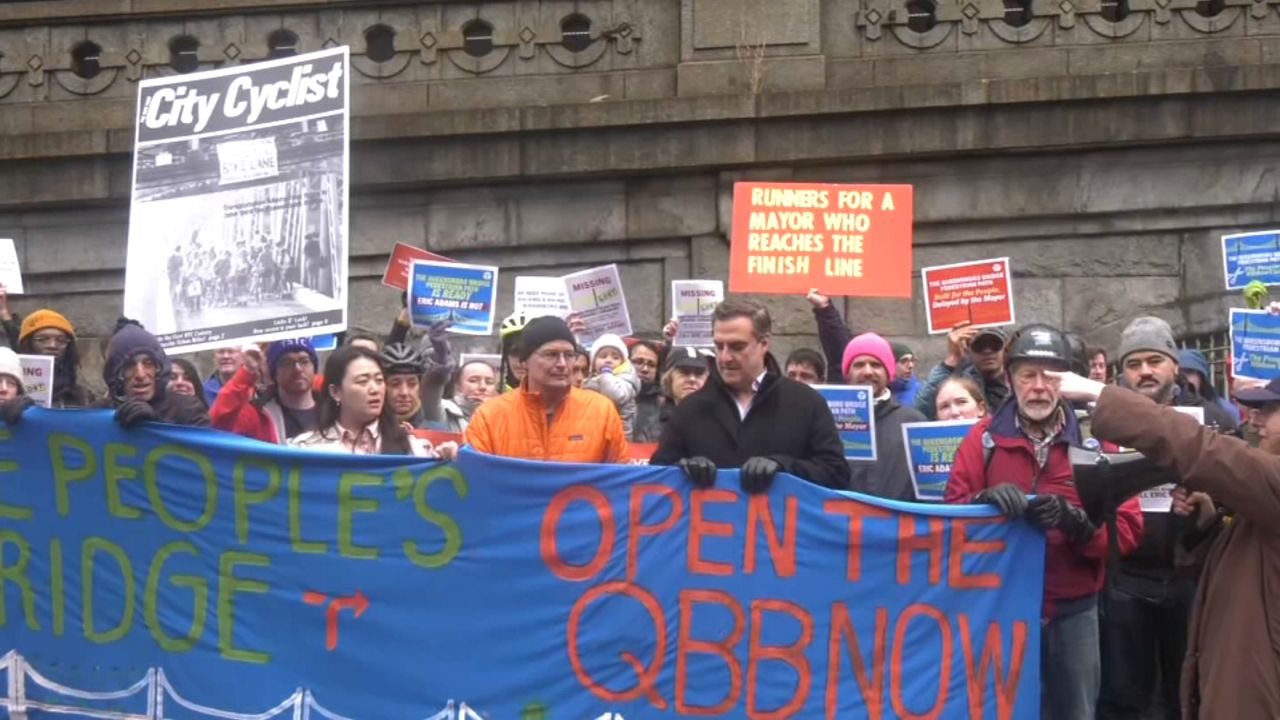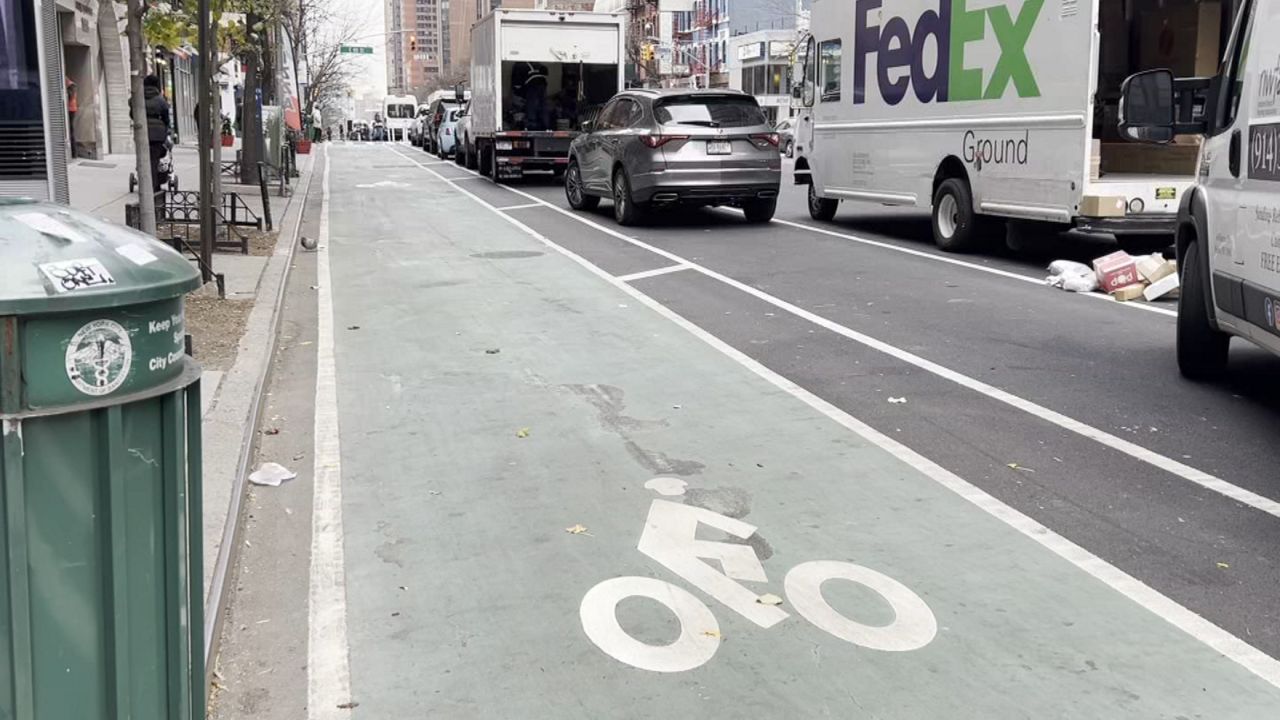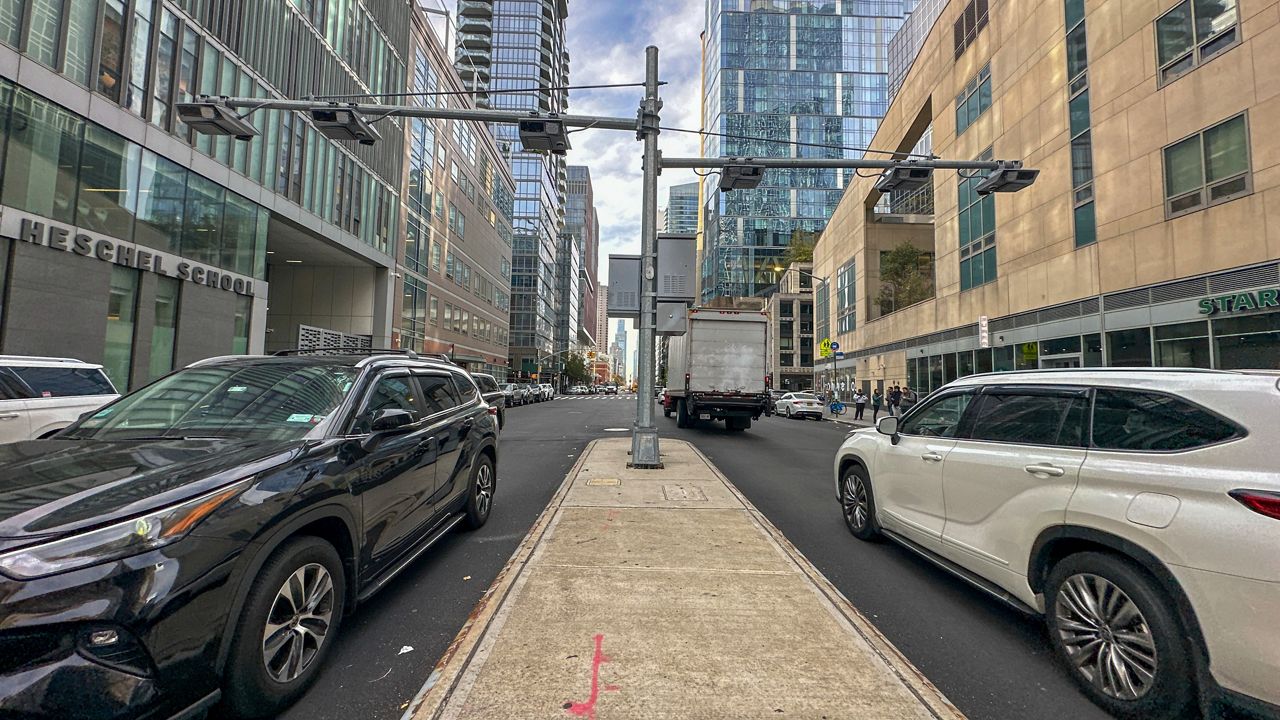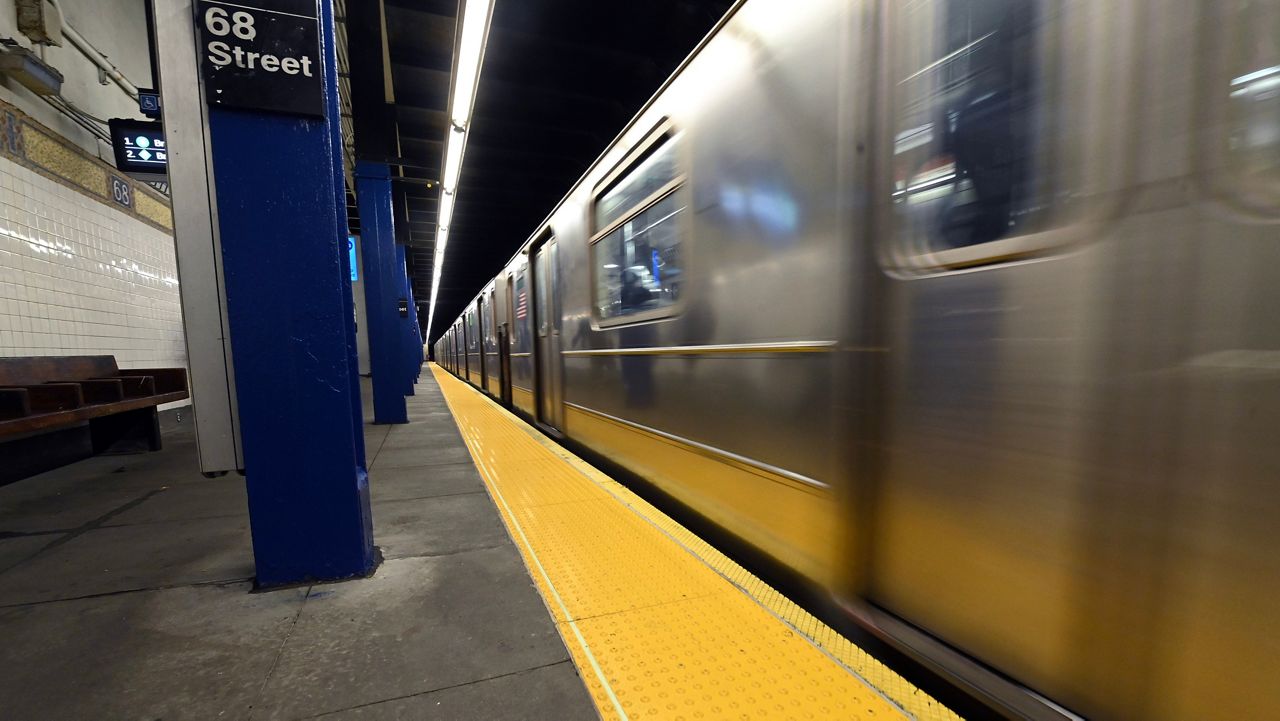Jean Ryan of the advocacy group Disabled in Motion said yellow cabs offer freedom for those who use a wheelchair like herself, where Access-a-Ride must be booked days in advance.
“You can’t change where you’re going to meet, you can’t change the times, they’re set in stone," said Ryan of the MTA's Access-a-Ride. "And it is so frustrating. I have left dinners with friends and thrown my money on the table.”
That’s why she said accessible taxis are so important, especially because many in the disability community either don’t have smartphones, have poor vision or can’t use apps. Instead, they need to hail cabs on the street.
“Some people have a hand disability, where they can’t really use an app,” Ryan said. “Or they can’t really use their phone well.”
Ten years ago, the city’s Taxi and Limousine commission entered a settlement in federal court with Ryan and others in the disability community to make the yellow taxi fleet 50% accessible by 2020. That deadline was extended to 2023 due to covid and the explosion of for-hire vehicles.
As of this week, about 4,300 of the just over 9,000 yellow cabs on the road are accessible. At nearly half that’s just shy of the requirement, but 40% of yellow cabs are not on the road, and many are expected to return to service in the future.
Attorney Daniel Brown, a partner at Sheppard Mullin, was part of the legal team that first filed the class-action suit in 2011 when only 1.8% of taxis were accessible.
“It was a hard-fought lawsuit. It was appealed to the second circuit, and there were reversals,” Brown said. “Then the city introduced the Taxi of Tomorrow and after many years, we settled the case.”
His team filed a motion this week to get the court to enforce the agreement after two meetings with the TLC this year where they indicated they wanted out of the settlement.
“I believe the city’s position, to sum it up, is that we’ve done good enough,” Brown said.
The TLC said if you add in for-hire vehicles and livery cabs, there are over 9,000 accessible vehicles, but that’s out of nearly 100,000 Ubers and Lyfts on the road.
In a statement, the TLC said, in part: “We are committed to accessibility and currently drafting proposed rules to make wheelchair accessible taxis more affordable to operators. We will keep working to make our fleet even more accessible.”
While the agency claims hail wait times are around 12 minutes, Ryan said she’s waited an hour on the street. But when there’s one readily available, it makes life a lot easier.
“It has been life changing,” Ryan said. “I think the TLC is discounting that, but it has made such a difference for people.”









